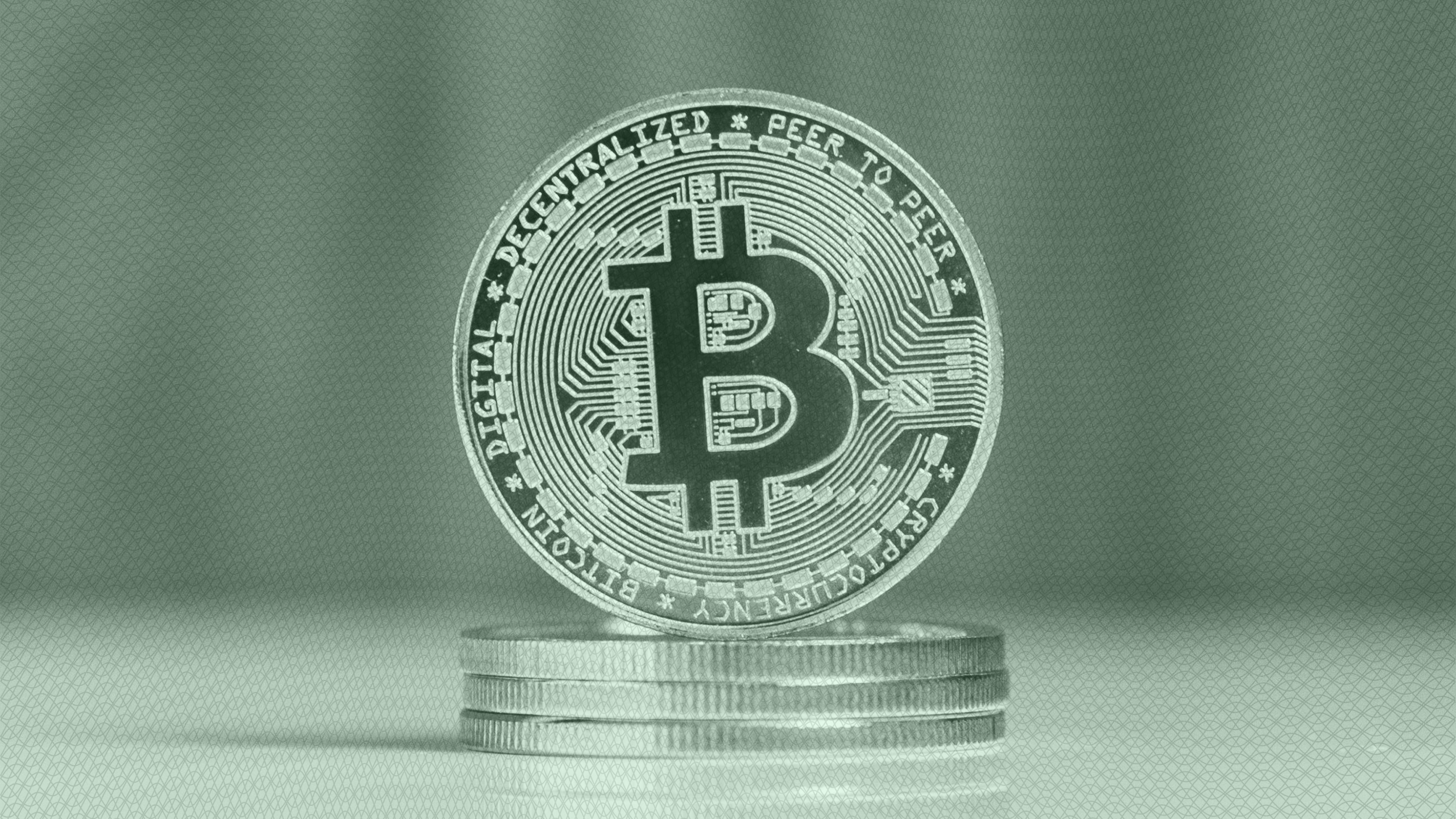The Bitcoin ETFs That Offer 100% Downside Protection
Defined outcome ETFs have long promised virtually risk-free investing, but also place significant caps on potential gains.

Sign up for market insights, wealth management practice essentials and industry updates.
Can I get that without the volatility?
Crypto, one of the most notoriously volatile asset classes, has lit up the investing world in recent months and that has clients rethinking their portfolios. For many financial advisors, however, the potential losses are still too steep to justify oversized gains. Now, new exchange-traded products are slated to tap options overlays and hedging strategies to help shield investors from market downturns.
Calamos Investments is set to launch “structured-protection” ETFs that track Bitcoin performance, while protecting investors against as much as 100% of the losses, according to an SEC filing. The Calamos Bitcoin products come with specific timeframes from six months to one year, as well as options of 80% protection and up to a full 100% strategy. Yep, that means it’s essentially risk-free to invest in Bitcoin (well, in theory).
“Investors have watched from the sidelines as digital assets evolved from an experiment to an institutional reality,” said Matt Kaufman, head of ETFs at Calamos. “It is either feast or famine.”
I Never Liked Risk Anyway
Defined outcome ETFs have promised the ability to soften losses for investors since the products were first launched in 2018. While risk-free investing sounds like someone has a bridge to sell, the funds can potentially provide just that, using options trades like puts and calls to guarantee investors only lose a percentage of their initial principal. Of course, there are caveats: Gains are also capped, meaning investors could also leave valuable returns on the table, and the funds carry higher fees than most.
With a subset of clients now demanding exposure to cryptos in their portfolios, financial advisors may be looking for solutions that fit within more traditional risk tolerances. “Investors need to pay for that [protection] with the very handsome price of foregone upside,” said Patrick Gruhn, founder of the crypto trading site Perpetuals.com.
Choose Your Own Adventure. Defined outcome ETFs, and similar fund strategies like buffered ETFs, have become one of the hottest corners of the index investing universe. BlackRock launched a fund last year and now has options that provide 5%, 20% and 100% protection on traditional indexes, like the S&P 500. Fidelity and JPMorgan also offer similar buffered products. There are now hundreds of funds available:
- There were 327 buffer ETFs holding more than $54.8 billion in assets as of August, according to a report based on Morningstar Direct data.
- That’s up from 73 funds that held roughly $4.6 billion in 2020.
“Investors sleep better at night knowing their money is free from loss,” Kaufman told The Daily Upside.
What’s the De-Fi Password? Layering options on Bitcoin ETF investments is another major step forward for the asset class. But the bigger picture could be the financialization of Bitcoin, Gruhn said. While the new products help advisors reduce compliance concerns and ease clients’ minds about potential losses, they also take the currencies further away from their decentralized origins. If the creators of crypto were looking to cut out Wall Street with blockchain technology, asset managers are now cashing in.
“The real question becomes: Are we building financial products that will preserve Bitcoin’s unique value proposition or reshape it to fit into a legacy mold?” Gruhn told The Daily Upside.











